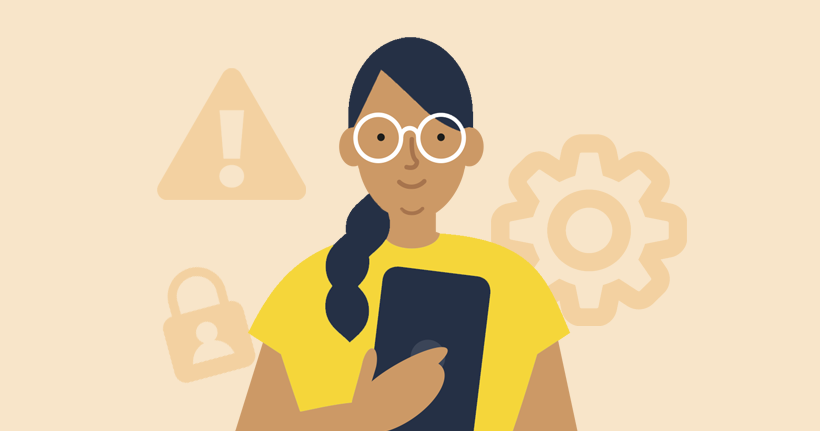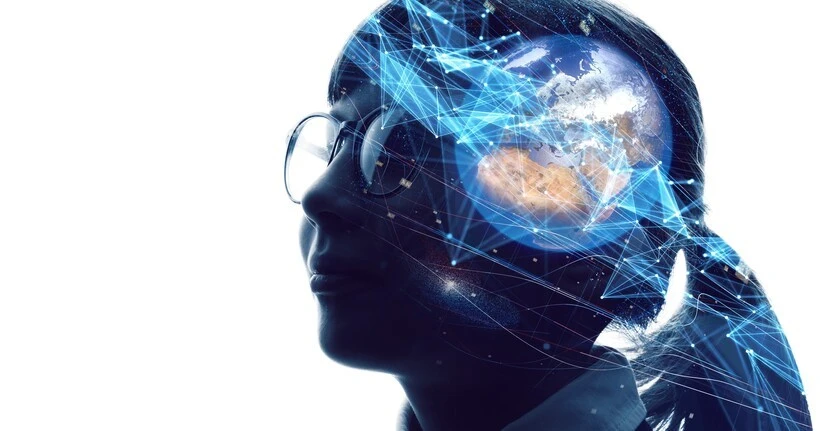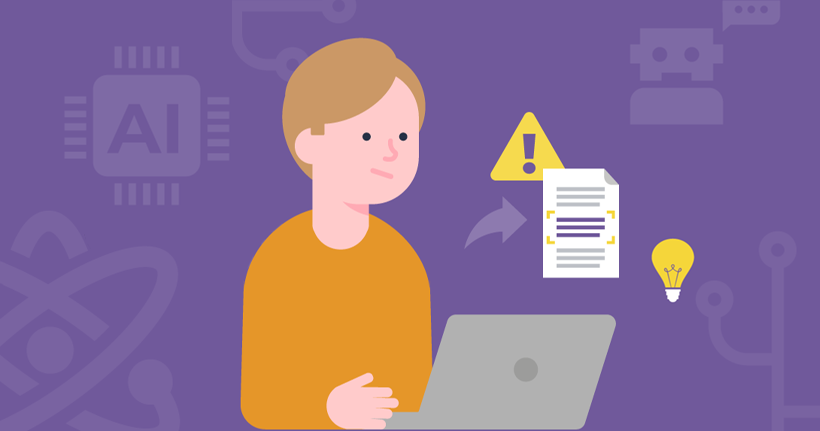
Deepfakes Explained: What They Are and Why They Matter
Deepfake technology uses artificial intelligence to create manipulated videos or audio recordings that make people appear to do or say things they never did. These can be dangerous tools for spreading misinformation and causing harm online.
Types of Deepfakes:
- Video deepfakes - Replace someone's face or body in existing footage
- Audio deepfakes (voice cloning) - Manipulate voices to sound like someone else

Woman viewing tablet
Potential Harms:
- False information and propaganda spread
- Reputation damage through fake compromising content
- Cyberbullying and harassment
- Financial scams using fake celebrity endorsements
- Child exploitation risks through AI-generated abuse material
How to Protect Children:
- Have open conversations about deepfakes and online safety
- Develop critical thinking skills to question online content
- Set appropriate parental controls and boundaries
- Teach responsible digital citizenship
- Encourage source verification
- Maintain online privacy
Signs to Spot Deepfakes:
- Unnatural movements
- Inconsistent audio/video quality
- Content that seems "too good to be true"
- Unusual behavior from known figures

Woman holding smartphone with concerned expression

Girl using smartphone in bedroom

Woman with digital brain visualization

Person using laptop with AI interface

Kids viewing smartphones in group

Girl using tablet with digital icons

Fact-checking AI lesson graphic
Related Articles
Essential Security Tips for Safe In-Game Purchases

